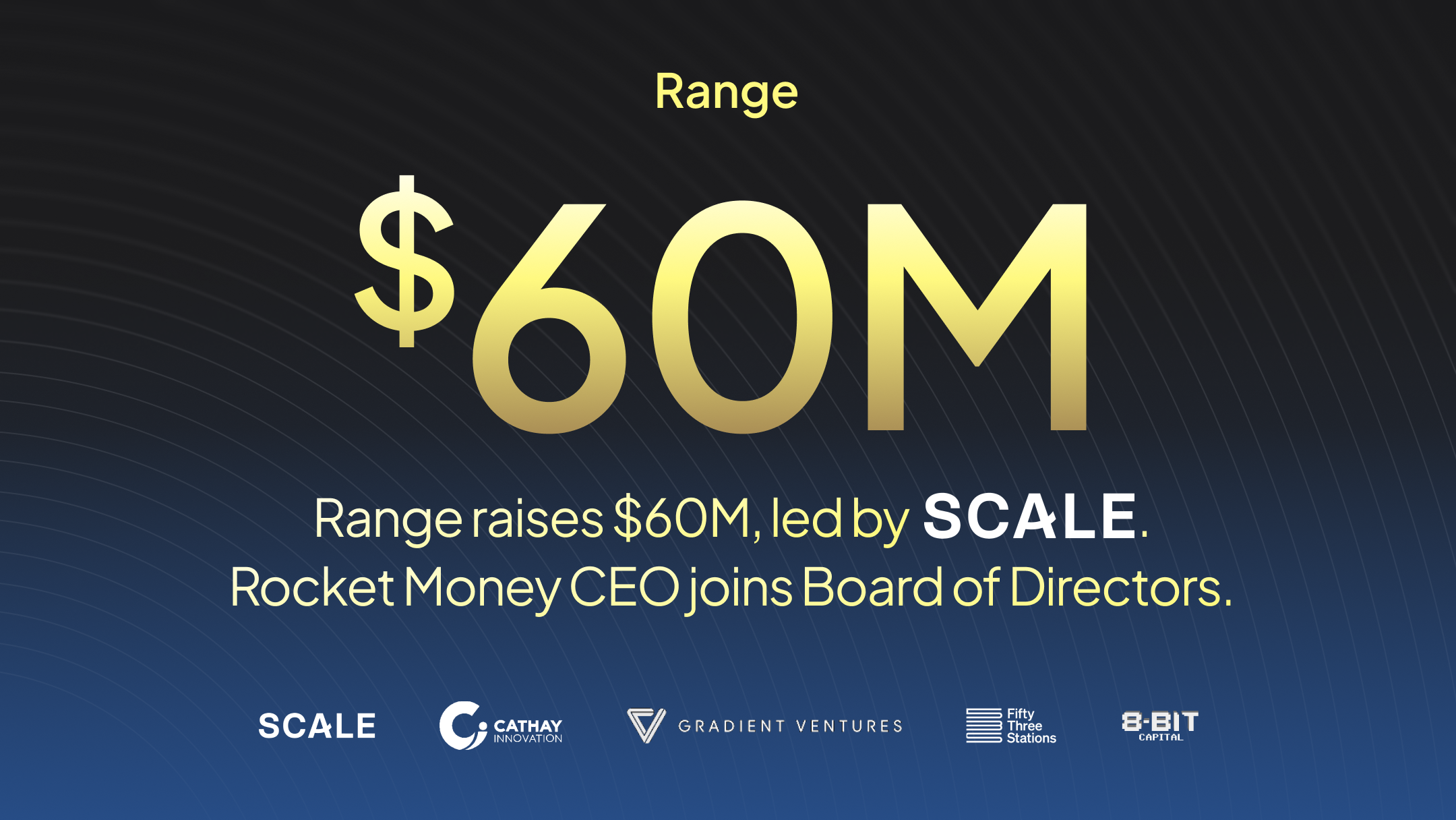TL;DR
Most recessions are brief. Are we heading towards one? The current reality is that financial markets have been down a lot since January and people are feeling the strain whether it’s at the gas pump, buying groceries, a house, or simply watching the news. So what does all this mean for you – and your family?
Recessions in recent memory
Many millennials barely remember 2008-2009, likely don't remember 2000-2002, and weren't yet toddlers for 1987’s Black Monday market crash.
It’s been a long time since a prolonged recession, and this potential for one feels different (notice we didn’t say worse!). So, your playbook to prepare for it should be different too.
What will you do? Do you have some cash to respond? Do you have a cash flow plan in place? What is your investment strategy? Don’t panic - there are several things you can do to weather the storm.

Key observations
First, let’s acknowledge the current challenges…but not let them consume us or paralyze us into inaction.
As of this writing….
Performance in the broad financial markets and major cryptocurrency (Year-to-Date)*:
- S&P 500 = -16.1%
- Dow Jones = -11.6%
- NASDAQ = -26.1%
- Russell 2000 = -19.7%
- ACWI (All Country World Index) =-12.4%
- EAFE (International Developed) = -14.57%
- EM (Emerging Markets) = -15.2%
- BTC (Bitcoin:USD) = -37.4%
- ETH (Etherium: USD) = -44.9%
FAANG / MANGA Stock Performance (Year-to-Date)*
- Meta (FB) = -41.7%
- Amazon (AMZN) = -35.5%
- Netflix (NFLX) = -68.9%
- Alphabet (GOOGL) = -23.1%
- Apple (AAPL) = -19.2%
Macroeconomic and Geopolitical Landscape:
- Interest rates: 30-year fixed mortgage rates are now averaging 5.8%+ (1 year ago, the national average was 2.80%)
- Gas prices: U.S. average = $4.37/gallon for regular gas
- Broader inflation: U.S. Core CPI (Consumer Price Index) has increased by 8.3% year over year
- Cost of homes: U.S. Median home values have increased by 25-30% year over year
- Russia v. Ukraine / COVID-19: Challenging global events continue to weigh on market sentiment
What you can do
Analyze your cash flow
Refamiliarize yourself with your income, expenses, and savings streams. Revisit your goals and tailor your expense outlay and various savings streams to what you want in 1 year, 3 years, 5 years, and beyond. We recommend following the 50/30/20 rule, which suggests that 50% of your income be allocated to your “Needs”, 30% to “Wants”, and 20% to “Savings and/or Debt Payoff”. This is not rigid and can be adjusted based on your goals.
Evaluate your current employment
The engine that drives every financial plan is income. While income is just one component of job satisfaction, it always pays to have more coming in than less! Employees should seek better-paying roles (where appropriate), while always considering all non-financial aspects of the role, negotiating bonuses and equity, and examining benefit packages.
Don’t panic - think like an investor
Current investment losses are just “paper” losses until you sell (or realize) your holdings at a loss. Don’t get caught up in checking your brokerage account or 401(k) balances as they go down! This is especially important in retirement accounts (often long-term oriented by nature). If you believe in the stock market long-term, or have conviction in individual companies you’ve purchased, there’s often no reason to panic or sell in moments of a market downturn. Instead, use it as a strategic buying opportunity (stocks are cheap!)
Identify risks in portfolio overconcentration (i.e. having a large chunk of FB or NFLX stock has likely caused very poor relative investment performance Year-to-Date). Learn from mistakes and rebalance your portfolio.
Tax-loss harvesting. Consider selling losers within brokerage accounts where it makes sense strategically, which then captures the associated capital losses against any future capital gains. Be careful of wash sale rules (30-day window where you can’t buy back the same security, or forfeit the realized capital loss).
Get creative….but don’t get over your skis
Consider seeking alternative investment solutions for diversification and potentially higher returns.
This includes investments like crypto, income-producing real estate, non-correlated asset classes, crowdsourced alternatives (like Masterworks, Fundrise, YieldStreet), natural resources, direct lending, etc. We also encourage taking the time to understand all risks, fees, and expenses related to any alternative investment opportunity you may be considering. Investing a portion of your discretionary income in BTC is one thing, but taking a large chunk of your investments and pursuing a risky or speculative private investment opportunity is a much bigger consideration.
Consider higher-yielding “parking spots” for some of your idle cash.
I-bonds (government bonds tied to inflation) are currently yielding 9.62%! The max investment is $10,000 and the interest rate is reset every 6 months in May and November. Once you have held the bond for 6 months, your interest rate will reset to whatever the new rate is that was announced in either May or November, depending on the time frame of your purchase. There is no guarantee that you will continue to receive such high-interest rates going forward if inflation cools down.
Wrap
Regardless of what the next several months bring, there are always opportunities to make the most of a not-so-great situation. By analyzing your cash flow you can be confident in your ability to meet your ongoing expense obligations while saving and investing for the future. If you have a stable job and the excess cash flow to be able to save money, you should actually welcome a downturn in the stock market (to an extent). It’s counterintuitive, but this will allow you to buy more stocks at better prices, and you will likely have higher expected returns on those shares in the future. If you’re regularly contributing to a retirement plan through work or regularly adding to an investment account - you’re already doing this - so keep up the great work.
Range is here to help.
With Range, you can connect all your finances into a single dashboard to track, monitor and plan the best version of your life. Say goodbye to middlemen and spreadsheets and hello to the new financial you.
*Year-to-date performance listed as of stock market close on 5/23/22





.svg)
.svg)
.svg)

